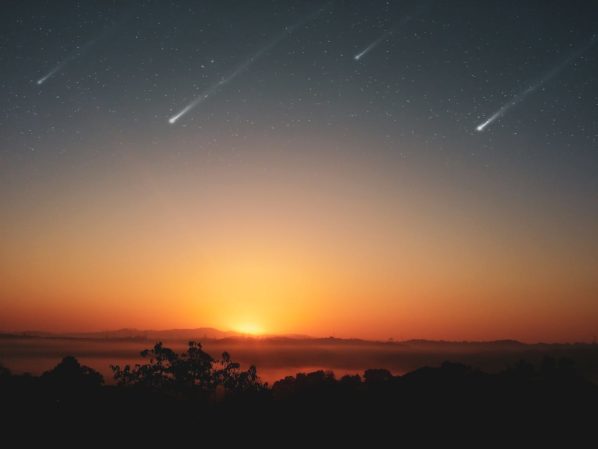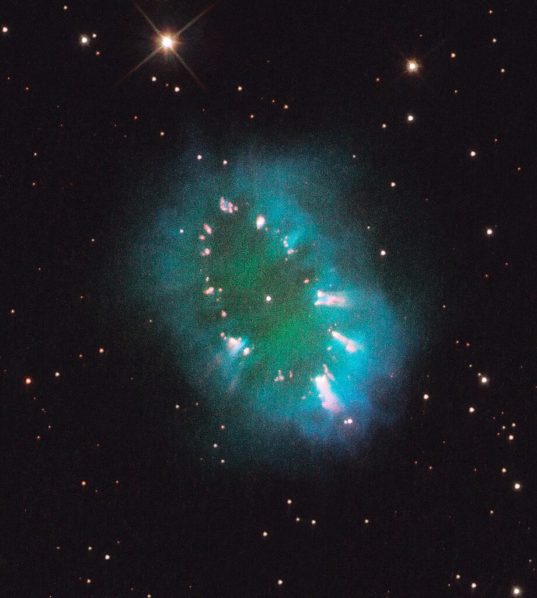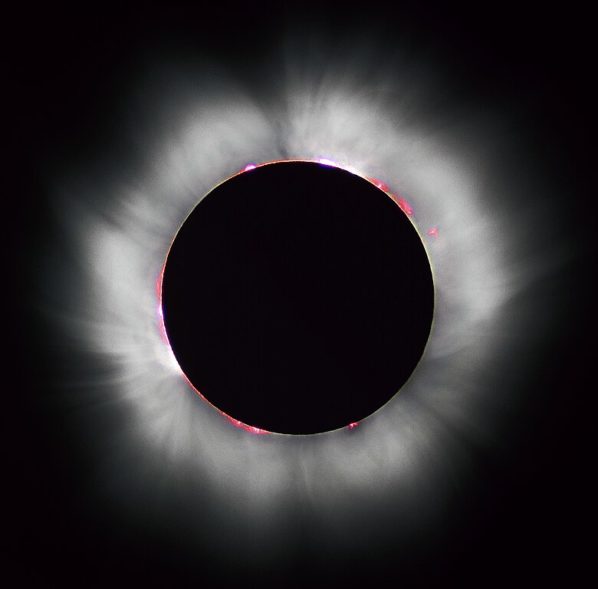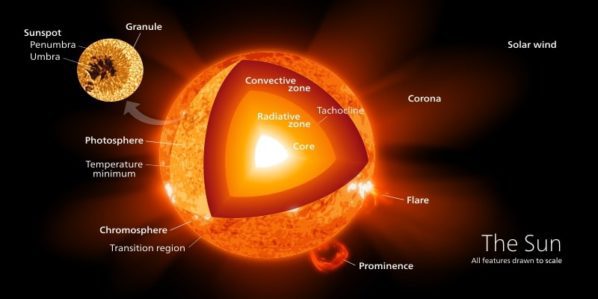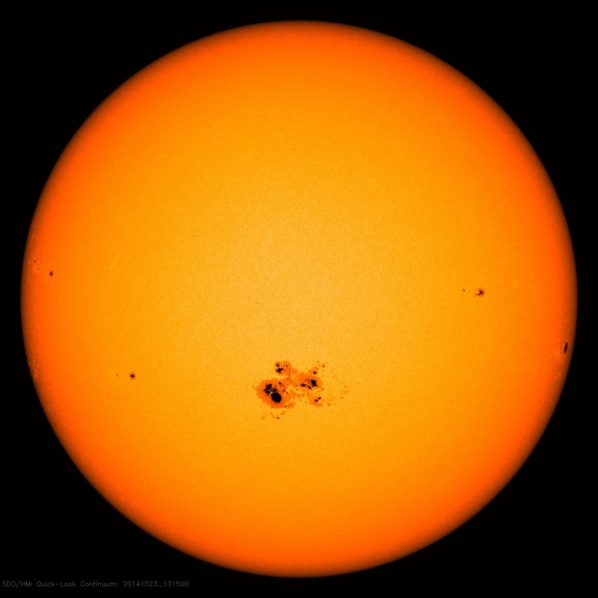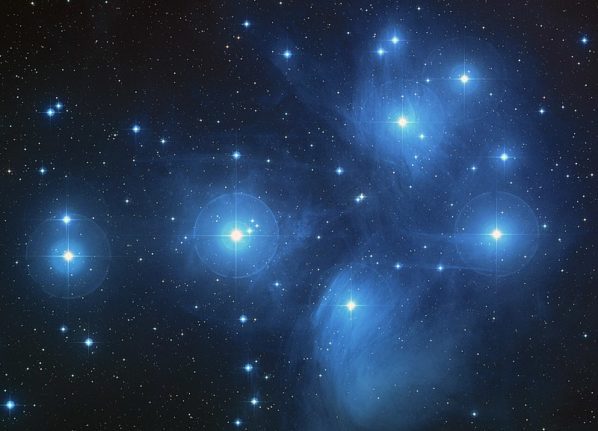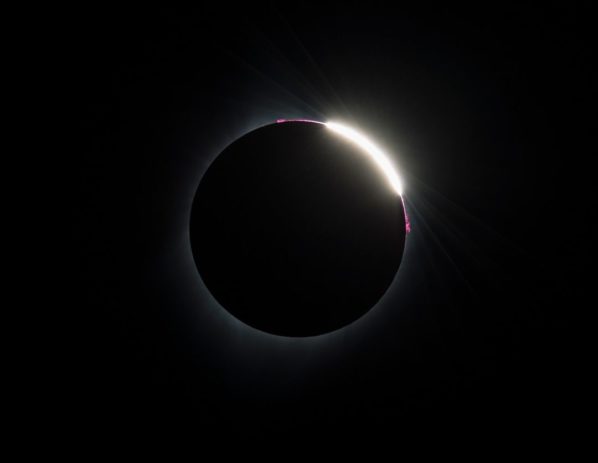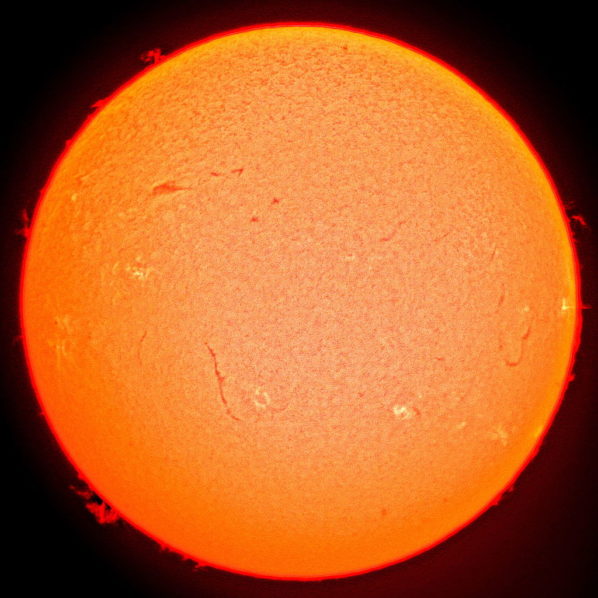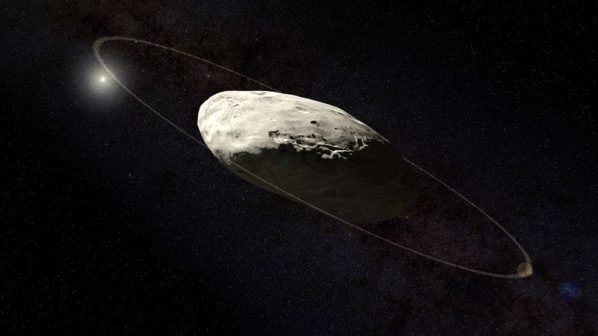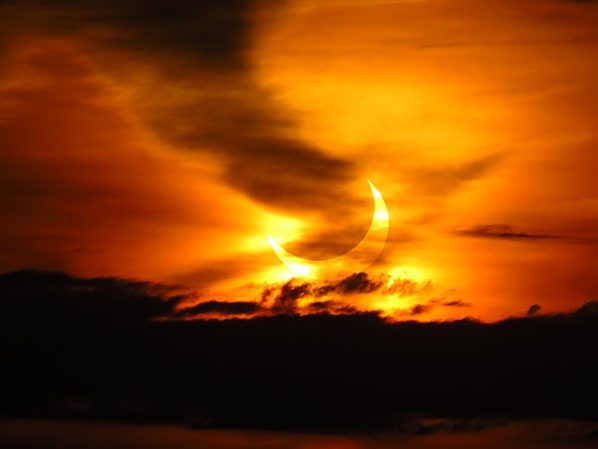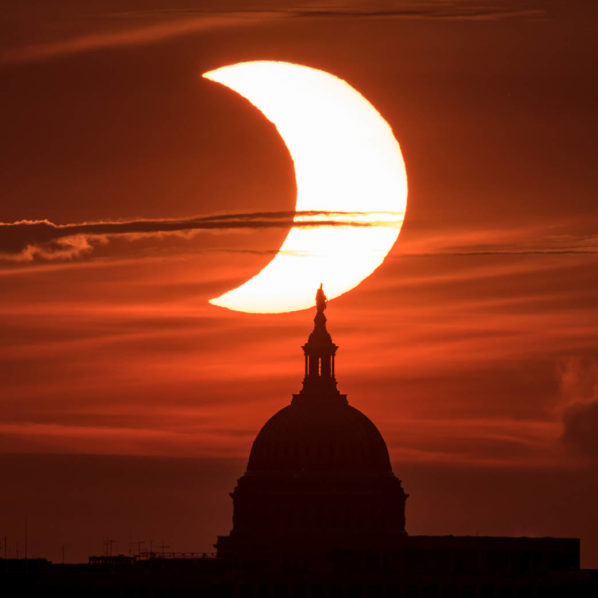What Is the Antihelion Source Meteor Shower?
The Antihelion source meteor shower is a celestial event where meteors streak from a point opposite to the Sun in the sky, offering a unique display of cosmic beauty.
The Necklace Nebula: A Heavenly Jewel in Our Universe
The Necklace Nebula, a stunning planetary nebula in Sagitta, formed as a star engulfed its companion, crafting a captivating celestial jewel 15,000 light-years away.
What Heats the Chromosphere and Corona to High Temperatures?
Uncover the Sun's scorching secrets – magnetic field, nanoflares, and more. Delve into the mysteries of its super-heated chromosphere and corona.
How Are Astronomers Able to Explore the Layers of the Sun Below the Photosphere?
Astronomers use helioseismology, spectroscopy, magnetic field studies, and space missions to explore the Sun's layers beneath the photosphere.
How Is the Sunspot Cycle Directly Relevant to Us Here on Earth?
The sunspot cycle, occurring every 11 years, influences Earth's weather, communication, and power. Solar flares can disrupt technology. Preparedness is key.
Stargazing Calendar for August 2023
Get ready for a celestial spectacle in August! This month promises a series of exciting events in the night sky, including many conjunctions, meteor showers, and oppositions of asteroids and Saturn. Whether you're a seasoned stargazer or a curious observer, there's plenty to look forward to in the awe-inspiring cosmic events unfolding above us.
What Is a Hybrid Solar Eclipse and How to Observe It Tomorrow April 20, 2023
A hybrid solar eclipse is a rare type of solar eclipse that combines features of both total and annular eclipses. A hybrid eclipse, also known as an annular-total eclipse, happens when the Moon's distance from Earth and position in orbit are just right to provide a spectacular celestial show.
How Beginners Can Safely Observe Solar Prominences, Filaments & Flares
Use solar filters for safe Sun observation. Smartphones can enhance views when attached to telescopes, but protect your eyes and adjust camera settings.
Stargazing Calendar for April 2023
Hello fellow stargazers! This month the big event will be a rare hybrid solar eclipse, but unfortunately it will be visible to only a few small areas of the world. For the rest of us, we have two large objects at opposition: dwarf planet Haumea as well as large asteroid Iris. There will also be two meteor showers as well as many conjunctions.
Partial Solar Eclipse Will Occur Tomorrow (October 25, 2022)
If you're in Europe, Central Asia, the Middle East, or India, you should be able to witness a partial solar eclipse tomorrow, October 25. This is when the Moon covers only a part of the Sun instead of the entirety, which is known as a total solar eclipse. Remember to keep your eyes safe and watch with a special solar filter or by looking at the Sun's reflection.
Monthly Stargazing Calendar for October 2022
Like last month, this will be an eventful one, including several meteor showers and a partial solar eclipse. Take a look at all of these astronomical events that await us this month in this stargazing calendar for October 2022.
What Is LightSail and How Does It Work?
Cell phones aren't the only technology we've plucked from science fiction. Let's take a closer look at LightSail — what it is, how it works and how it might change the way we look at interstellar travel.

